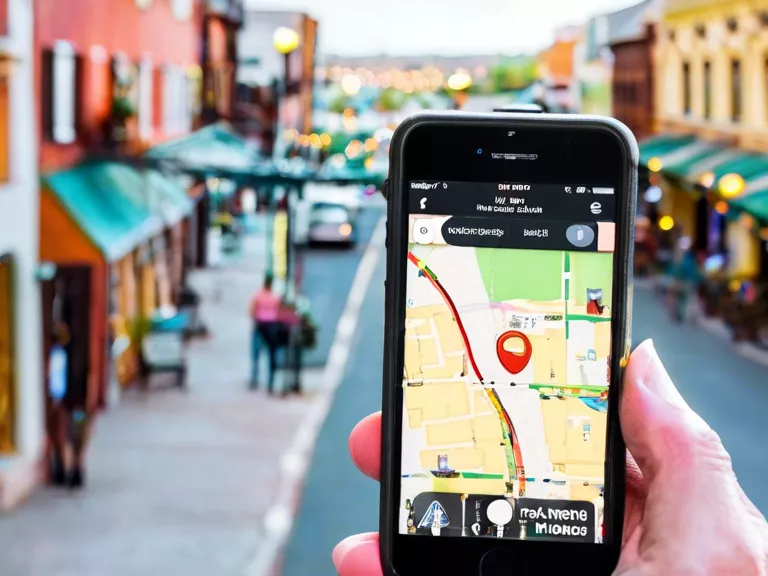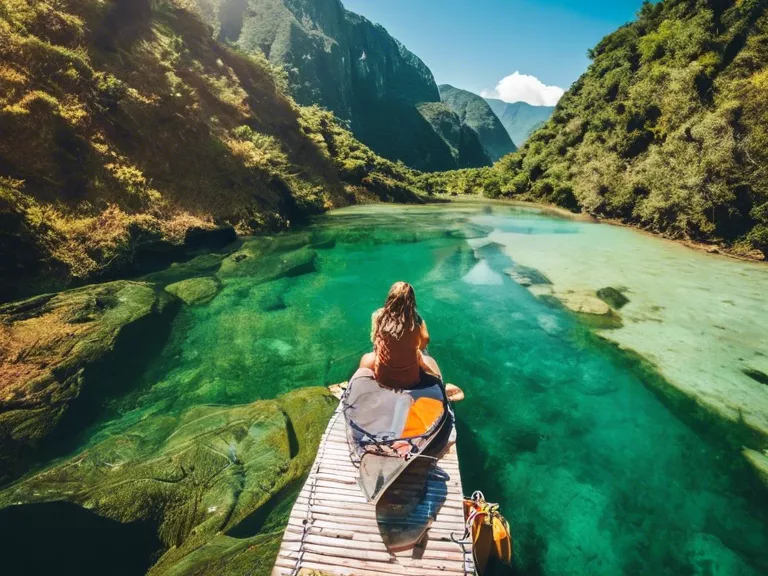
Traveling to remote destinations can be an exciting adventure, but it's important to prioritize safety and connectivity during your journey. Whether you're heading to a secluded beach or exploring hidden mountain villages, here are some tips on how to stay safe and connected while traveling off the beaten path.
First and foremost, research your destination before you go. Understand the local customs, political climate, and any potential safety risks in the area. Make sure to register with your embassy or consulate and have their contact information handy in case of emergencies. It's also a good idea to share your itinerary with friends or family back home so they know where you'll be.
When it comes to staying connected, investing in a local SIM card is often the best bet. This will give you access to local networks and affordable data plans, so you can stay in touch with loved ones and access maps and other travel resources on the go. Portable WiFi hotspots are also a convenient option for staying connected in remote areas where cell service may be limited.
In terms of safety, always trust your instincts and be mindful of your surroundings. Avoid traveling alone at night and be cautious when interacting with strangers. Keep a copy of important documents such as your passport and travel insurance information in a secure location, and consider carrying a money belt or hidden pocket to safeguard your valuables.
Additionally, pack a basic first aid kit and any necessary medications when traveling to remote destinations. Be prepared for changes in weather and terrain, and make sure to have the appropriate gear and clothing for your activities. If you're venturing into the wilderness, consider hiring a local guide or joining a group tour for added safety.
By staying informed, staying connected, and taking precautions, you can enjoy the beauty and serenity of remote destinations while keeping yourself safe and secure. Happy travels!



